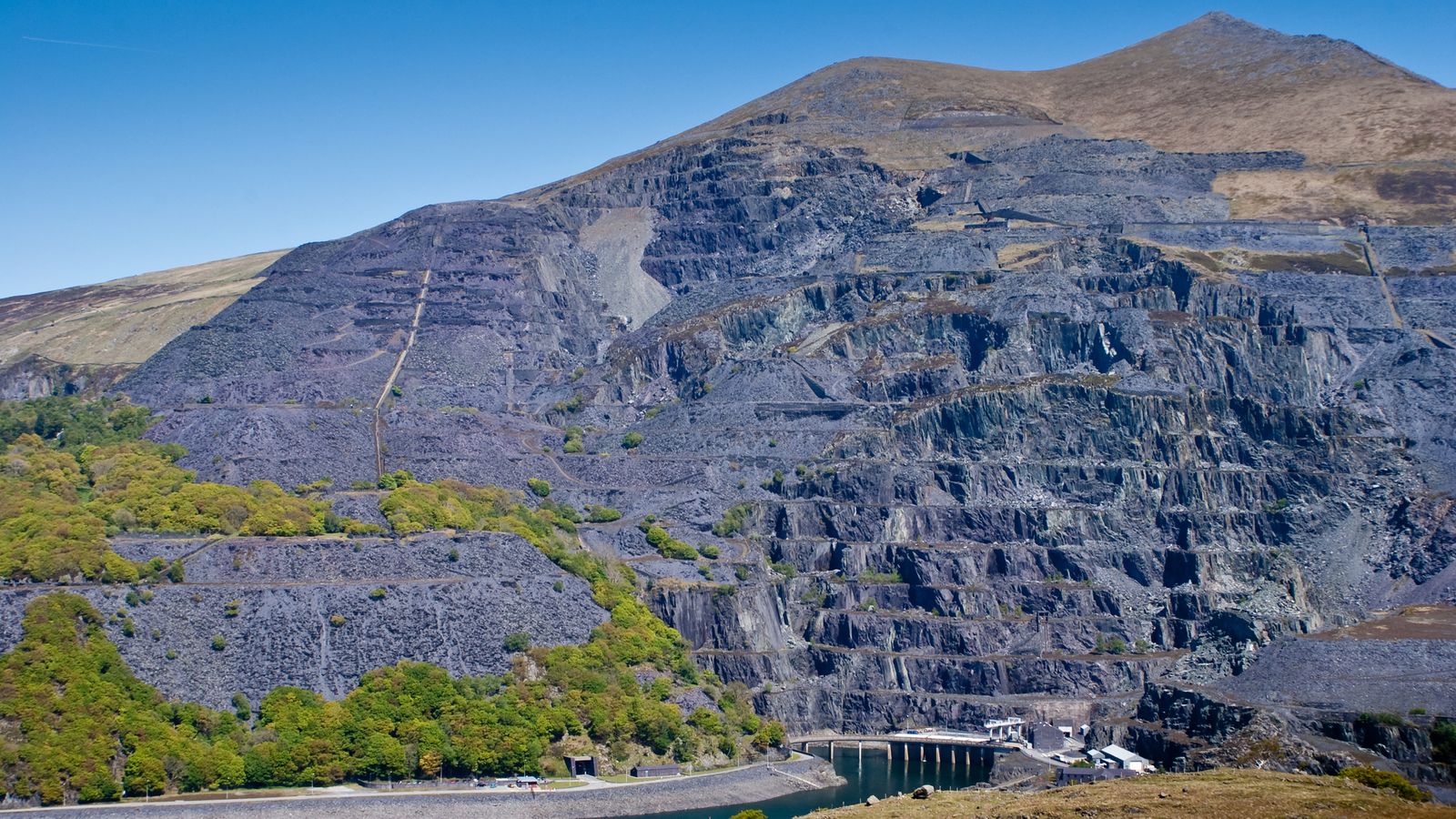An area of northwest Wales famed for its slate mines has been given World Heritage site status by UNESCO.
The mines become the UK’s 32nd World Heritage site and the fourth in Wales.
They join the likes of the Taj Mahal, the Grand Canyon and the Great Wall of China among 1,149 sites globally.
Welsh slate has been used on roofs across the world since Roman times, with the sprawling quarry sites drawing thousands of tourists every year.
The landscape, which runs through Gwynedd, became the world leader for the rock in the 1800s.
Buildings that used Welsh slate include London’s Westminster Hall, Melbourne’s Royal Exhibition Building, and Copenhagen City Hall.
In the 1890s the Welsh slate industry employed about 17,000 workers and produced almost 500,000 tonnes a year.
Wales’ first minister, Mark Drakeford, said the accolade recognised “the significant contribution this part of North Wales has made to the cultural and industrial heritage not only of Wales, but of the wider world”.
He said it would help preserve that legacy and aid future regeneration.
Wales’ other heritage sites are Pontcysyllte Aqueduct, Blaenavon Industrial Landscape and the Castles and Town Walls of King Edward in Gwynedd.
The World Heritage Committee has also given Bath a dual designation as part of the Great Spas of Europe, joining 11 other towns including Baden-Baden in Germany and Vichy in France.
It comes just a week after the city of Liverpool had its heritage status revoked.
The committee made the decision following concerns that the new £500m Everton football stadium and other nearby developments posed a risk to the waterfront area.
It said the projects had caused “irreversible loss of attributes conveying the outstanding universal value of the property”.






















